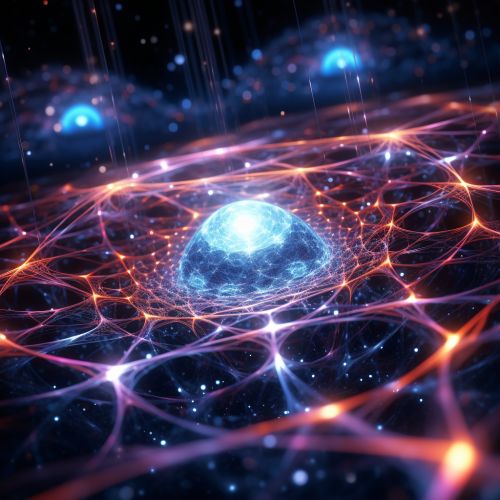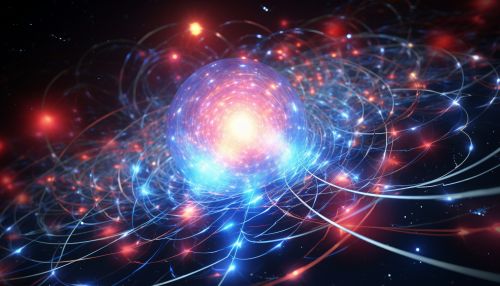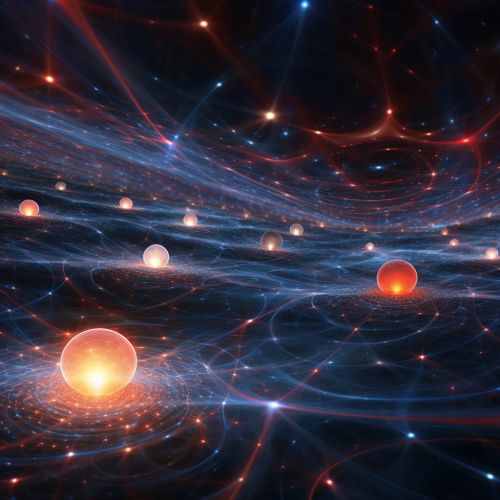The Physics of Quantum Entanglement in Quantum Computing
Introduction
Quantum entanglement is a physical phenomenon that occurs when pairs or groups of particles are generated, interact, or share spatial proximity in ways such that the quantum state of each particle cannot be described independently of the state of the other(s), even when the particles are separated by a large distance. This feature of quantum mechanics is at the heart of quantum computing, a new paradigm of computation that promises to revolutionize the way we process information.


Quantum Entanglement
Quantum entanglement was first proposed in a 1935 paper by Albert Einstein, Boris Podolsky, and Nathan Rosen, known collectively as EPR, which challenged the completeness of quantum mechanics. The EPR paper highlighted the strange nature of entanglement, in which the state of one particle instantaneously affects the state of another, no matter how far apart they are. This phenomenon, which Einstein famously called "spooky action at a distance," was later confirmed by the Bell experiments in the 1960s and 70s.


Quantum Computing
Quantum computing is a type of computation that makes direct use of quantum-mechanical phenomena, such as superposition and entanglement, to perform operations on data. Quantum computers are different from binary digital electronic computers based on transistors. Whereas common digital computing requires that the data be encoded into binary digits (bits), each of which is always in one of two definite states (0 or 1), quantum computation uses quantum bits or qubits, which can be in superpositions of states.


Quantum Entanglement in Quantum Computing
In quantum computing, entanglement is a key resource that enables many of its unique capabilities. When qubits are entangled, the state of one qubit is directly related to the state of the other, no matter how far apart they are. This allows for a level of synchronization and parallelism that is not possible in classical computing. For example, in a quantum algorithm, multiple calculations can be performed simultaneously on an entangled state, potentially offering exponential speedups for certain computational problems.


Applications of Quantum Entanglement in Quantum Computing
Quantum entanglement is used in various quantum computing algorithms and protocols. For instance, it is a critical component in quantum teleportation, a process by which the state of a qubit can be transmitted from one location to another, without the physical transportation of the qubit itself. It is also used in quantum key distribution (QKD), which is a secure communication method that implements a cryptographic protocol involving components of quantum mechanics.


Challenges and Future Directions
Despite the promise of quantum computing, there are still many challenges to be overcome. One of the key challenges is maintaining quantum coherence and avoiding quantum decoherence, which is the loss of quantum behavior of particles. This is particularly important for quantum entanglement, as the entangled state of particles can be easily disrupted by their interaction with the environment.


